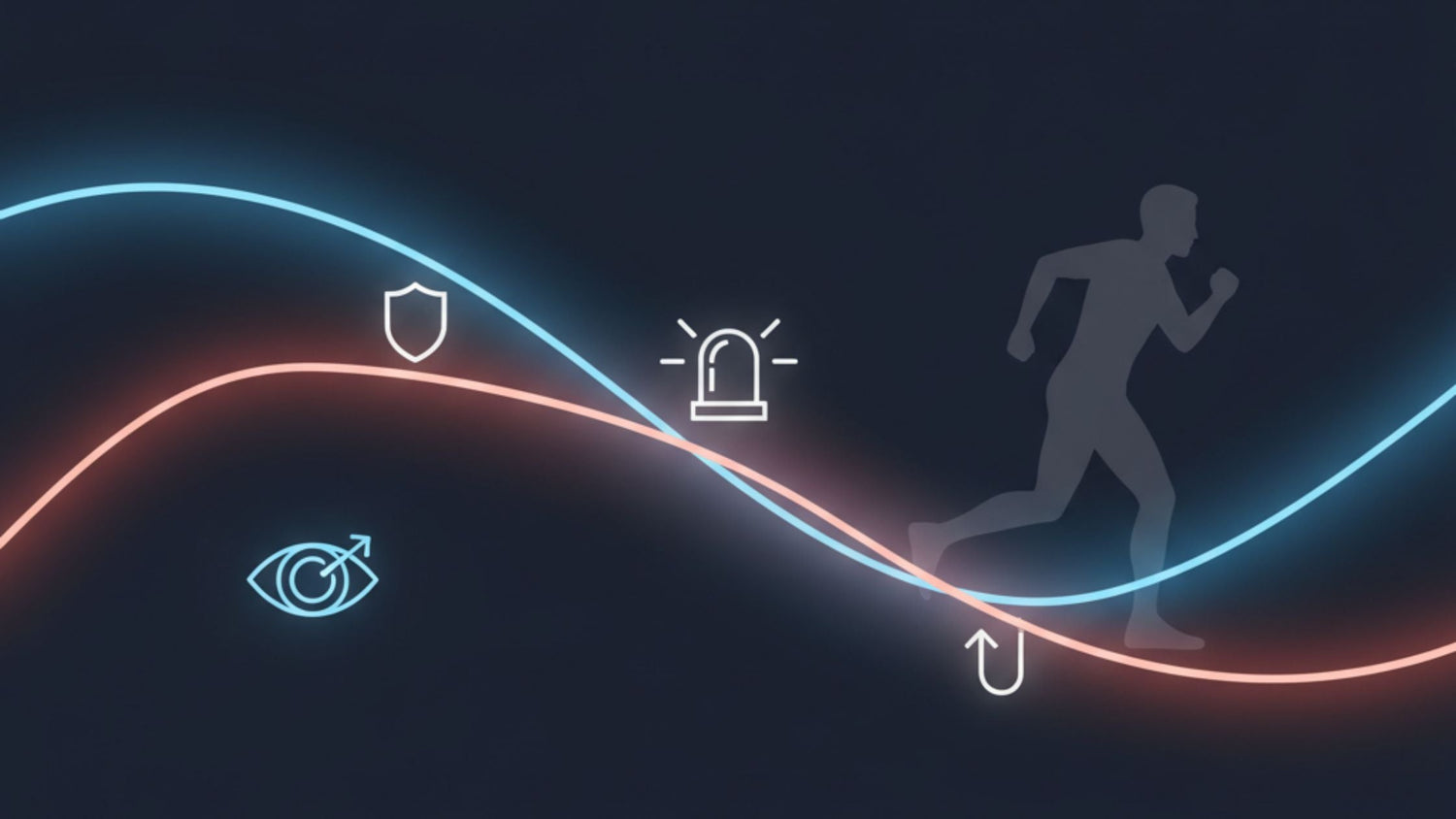Staying safe has always been a basic human need. Over time, how we protect ourselves has evolved — from simple tools to cutting-edge technology. Today, personal safety devices are smaller, smarter, and more powerful than ever before. They’re built not just for emergencies but to fit effortlessly into our daily routines.
Let’s take a quick journey through how far we’ve come.
It Started With the Basics
Before smartphones, smartwatches, or even batteries, people used simple tools to stay safe — whistles, bells, and flashlights.
A sharp blast from a whistle could grab attention in crowded streets or lonely trails, making it one of the first truly portable personal safety devices.
Whistles were lightweight, affordable, and required no electricity — which made them ideal for night workers, travellers, and outdoor explorers.
But they had a major limitation: you needed someone within earshot. In remote places or noisy cities, your whistle might go unheard when you needed it most.
The Rise of Alarms and Sirens
As tech evolved, so did safety tools. Battery-powered personal alarms entered the scene — small, loud devices activated with a single push.
These alarms didn’t rely on your breath or strength. Instead, they delivered a sharp, consistent sound that could startle an attacker and call attention at the same time.
The design became more compact and convenient — many could be clipped onto keys, backpacks, or purses.
And for the first time, people of all ages — from teens to seniors — had access to a tool that could stop a threat before it escalated.
The siren wasn’t just noise. It was a message: “I’m not alone.”
Smart Wearables Enter the Scene
Fast forward to today, and personal safety devices have gone digital.
Smart wearables — like watches, bracelets, or even rings — now double as discreet protection tools.
Features often include:
-
Real-time location sharing with trusted contacts
-
Silent SOS alerts that send help without making noise
-
Automatic fall detection, especially helpful for seniors
These tools don’t scream for help — they send it. And they fit so smoothly into your life that no one even notices you’re wearing safety gear.
Still, no matter how smart the technology gets, the core purpose stays the same: keep you protected, without getting in the way.
BoomBird: The Modern Evolution of Safety
Not everyone wants complicated apps or wearables that depend on networks. That’s where BoomBird steps in. Our range of rechargeable alarms brings the best of both worlds — smart features like LED flashlights and strobes, but with the one-step simplicity of a pull or press.
-
BoomBird Pebble: Ultra-compact LED flashlight alarm keychain — perfect for everyday carry.
-
BoomBird Echo: Flagship safety alarm with flashlight + strobe, built for long battery life and visibility.
-
BoomBird Aero: Hands-free clip-on alarm, designed for joggers and commuters who need safety on the move.
Together, they represent the next chapter in personal safety — reliable, modern, and always within reach.
Why Simplicity Still Matters
When you’re in distress, you don’t want extra steps.
That’s why the best personal safety devices are still the most straightforward ones.
BoomBird’s alarms are designed with exactly that in mind — just one press to activate an ultra-loud siren. No apps. No unlocking your phone. No waiting.
Because when your heart is racing, you don’t need tech — you need action.
Simple tools still save lives. They always have.
Final Thoughts
From a sharp whistle to a smart wearable, personal safety has changed a lot over the years — but the mission hasn’t.
It’s still about helping you move through life with more confidence, more control, and more peace of mind. The world may evolve, but safety should always feel simple.
Stay protected. Stay confident. Stay BoomBird.
FAQs
Q1. Do personal safety alarms really work?
Yes. A 130dB alarm can startle an attacker, draw attention, and buy precious seconds to escape. Studies and real-life testimonials confirm their effectiveness as a deterrent.
Q2. How is BoomBird different from older personal safety alarms?
Traditional alarms were loud but limited. BoomBird takes it further with rechargeable batteries, LED flashlight + strobe, TSA-approval for travel, and compact, stylish designs.
Q3. Which BoomBird alarm is best for me?
-
Pebble: Best if you want an ultra-compact LED flashlight keychain for everyday carry.
-
Echo: Best if you want a flagship model with strobe + flashlight and longer battery life.
-
Aero: Best if you’re active (jogging, walking, commuting) and prefer a hands-free clip-on option.
Q4. Are smart wearables better than alarms?
Smart wearables are great for discreet SOS alerts, but they rely on mobile data or battery-heavy apps. Alarms like BoomBird are immediate, reliable, and don’t depend on networks. Many people carry both for layered safety.
Q5. Can seniors or kids use personal safety alarms?
Absolutely. BoomBird’s one-step activation (pin pull or button press) makes it easy for seniors and kids to operate in stressful situations.





